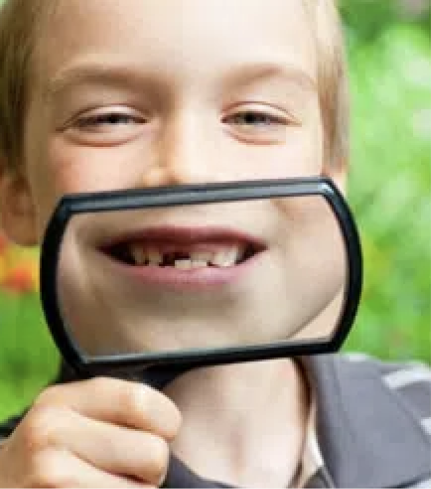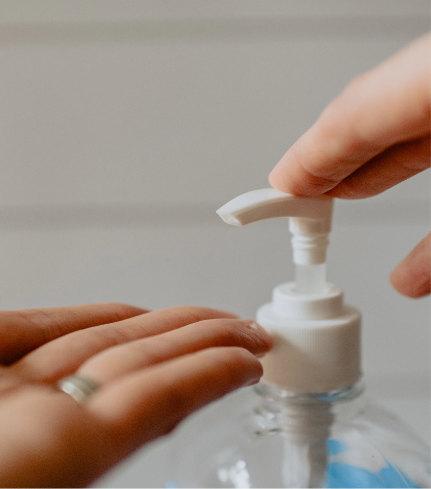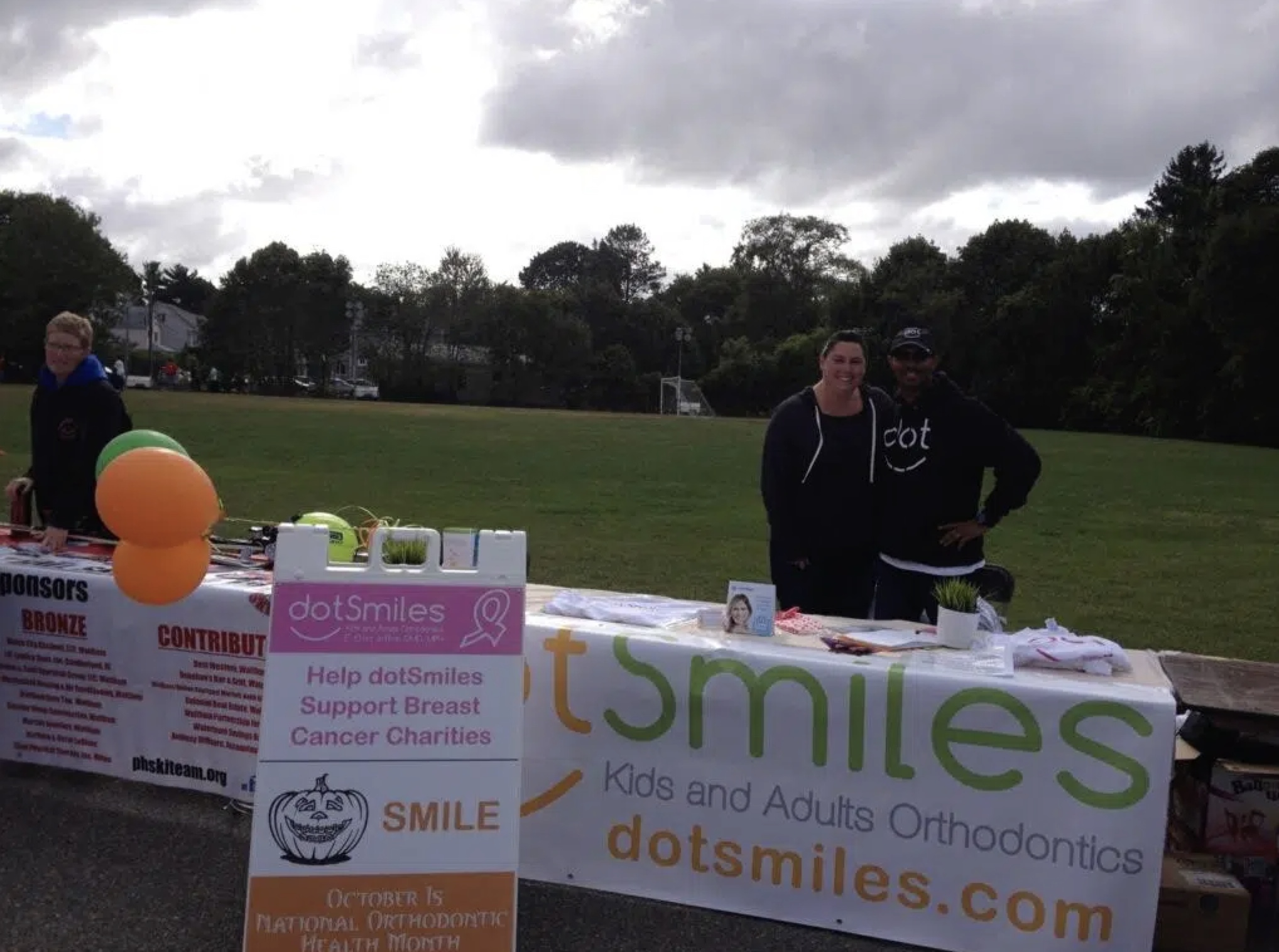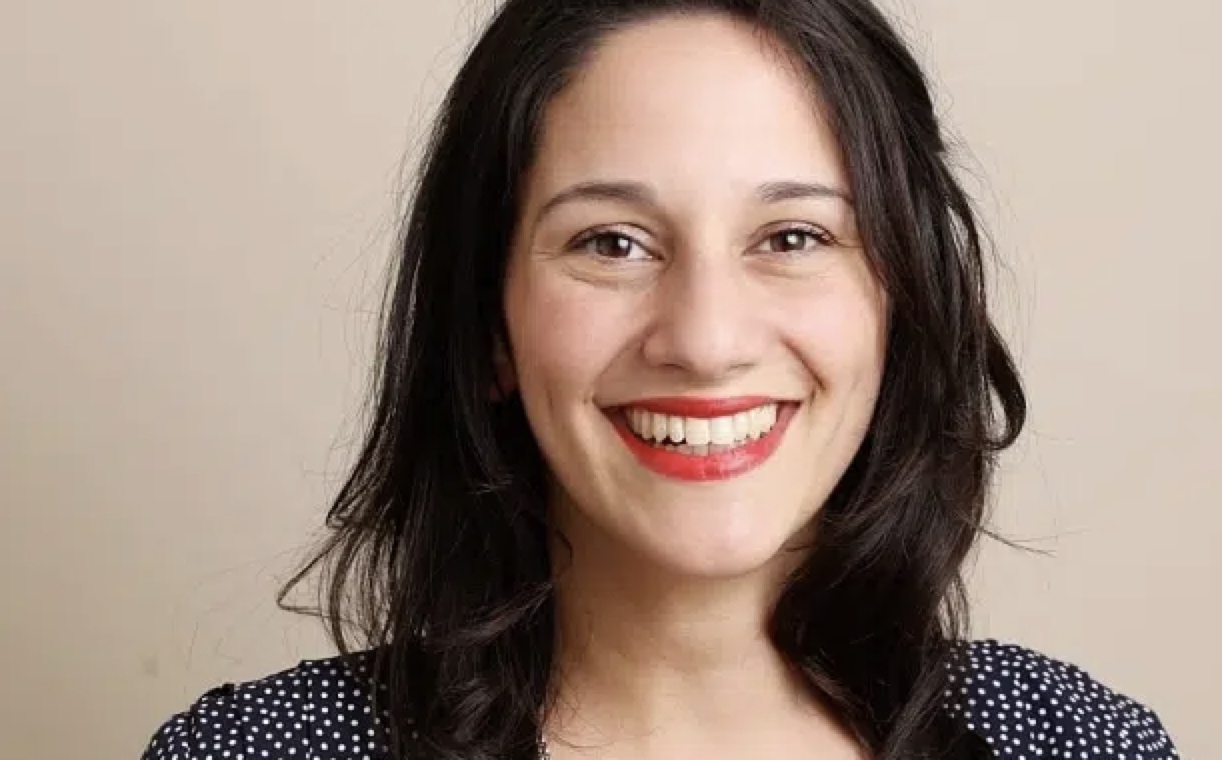

When an orthodontist recommends two stages of treatment, we call the stages simply Phase 1 and Phase 2. Depending on what is wrong with a child’s teeth or bite, an orthodontist may recommend a two phase orthodontic treatment. This is because addressing the problems in two separate phases may prevent a child from needing more invasive treatment in the future. On the other hand, there are cases where only one phase orthodontic treatment is recommended. Each child presents differently and it is very common for kids of the same age to have completely different treatment plans. Actually, sometimes with identical twins, two phase treatment is recommended for one child and a single phase treatment is recommended for the other. Every child is unique and so is the orthodontic treatment approach.
I like to describe Phase 1 orthodontics as treatment provided to a patient who has a lot more baby teeth in his/her mouth than permanent/adult teeth. It is important to know that during Phase 1 the patient does have some permanent/adult teeth, but the number of adult teeth are usually much fewer in number during the time of Phase 1 orthodontic treatment because the patient is still growing and developing. Phase 1 treatment may involve a specialized orthodontic device such as a palatal expander or it may require partial braces on only the few adult teeth that are present in the mouth. There are many types of orthodontic devices that can be used for Phase 1 orthodontics.
Phase 1 treatment is usually started because the benefits of intervening at a younger/earlier age exceed waiting for all of the permanent/adult teeth to be present for treatment. One example of this is a young child patient who presents with an underbite which is also referred to as an anterior crossbite or skeletal Class III malocclusion. In these cases, it is often best to intervene at the earliest possible time rather than wait until all the permanent/adult teeth erupt. Having Phase 1 orthodontics in an underbite case can sometimes be the difference maker. Successful Phase 1 orthodontic treatment may prevent a patient with an underbite from needing to undergo jaw surgery in the future for bite/jaw correction. This is just one of the many reasons we recommend an orthodontic examination or screening by age 7. As stated previously, starting early is often best in underbite cases as well as many other types of orthodontic problem cases that present in young kids.
Phase 2 orthodontics can be completed with traditional braces and/or Invisalign or other aligner orthodontic devices. The goal of Phase 2 is to build upon the progress achieved from Phase 1 in order to obtain the optimal bite and smile for the patient. Phase 2 orthodontics is easier to understand once you have a grasp of what Phase 1 orthodontics is. I think the simplest way to define Phase 2 orthodontics is orthodontic treatment after Phase 1 orthodontics has been completed and where all the permanent/adult teeth will be treated to improve the occlusion (bite) and smile. I encourage you to speak with your orthodontist about whether one or two phase orthodontic treatment is best for your child.
ABOUT THE ORTHODONTIST
Dr. Joffre received his dental and orthodontic training at Tufts University School of Dental Medicine and earned a Masters in Public Health at the Harvard University School of Public Health. He is a board member of the Massachusetts Association of Orthodontics (MAO) and formerly served as a board member of the Northeastern Society of Orthodontics (NESO) and delegate to the American Association of Orthodontics (AA0). Dr. Joffre practices at dotSmiles, conveniently located near Exit 11 or Exit 11B off I-93. The team at dotSmiles delivers exceptional care and spectacular smiles.
This blog provides general information and discussion about orthodontics, health and related subjects. The words and other content provided in this blog, and in any linked materials, are not intended and should not be construed as dental or medical advice. If the reader or any other person has a dental or medical concern, he or she should consult with an appropriately-licensed dentist, physician or other health care worker.





